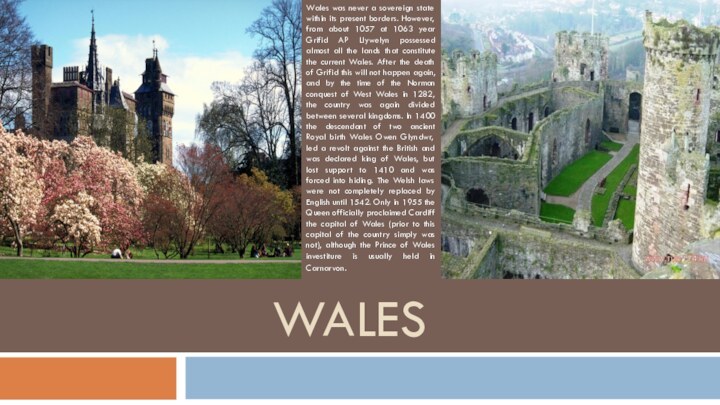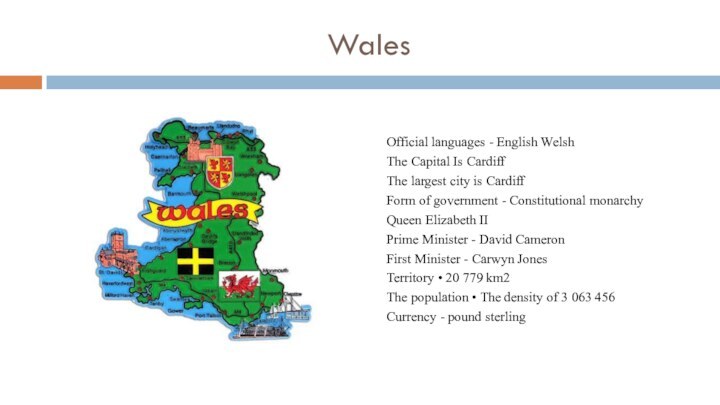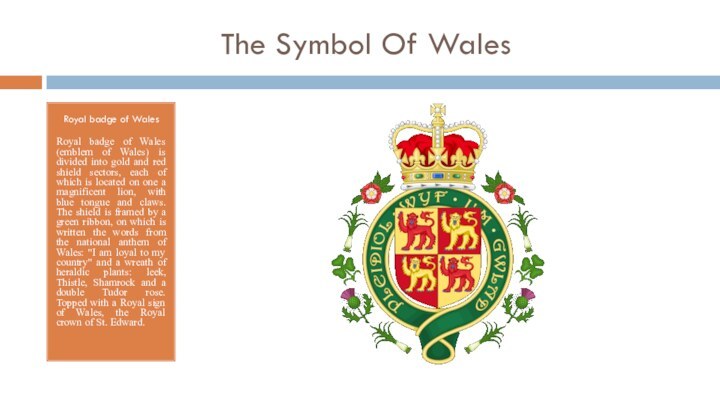the Welsh were acknowledged day of Saint David as
its national holiday. And, of course, he began to celebrate in the spring - on March 1, the day of the Saint's death. During celebratory festivals and street festivals, the Welsh national dress up in clothes, to which attach the leek and the daffodil. Daffodils blooming in Wales on 1 March, so residents believe that it is deliberate, in honor of their beloved Saint. These flowers symbolize the birth of a new life. In the nineteenth century, Welsh has officially acknowledged that the Lily is the second symbol of Wales. Existence is also another version of why the Narcissus flower was a symbol of this land. The word "cenhinen" in the translation has two meanings: "daffodil" and "leek". To avoid any confusion, both plants have become symbols of Wales. Besides, on this earth really grows a lot of daffodils, there you can see whole fields of these beautiful flowers.
Bow-young pair
About the symbol of Wales, leeks, there is an ancient legend according to which, in the VI century. In one of the battles between the Welsh and Saxons, which took place on the onion field, St. David, patron Wales, ordered the soldiers to pin on the hats the petals of the leeks. So in battle, the Welsh could easily distinguish his soldiers from the enemy. Already in the fourteenth century, white and green, the color of leek, began to be used as color archers of Wales. On the day honoring St. David, March 1, the people of Wales attach leeks to their clothing.

















































